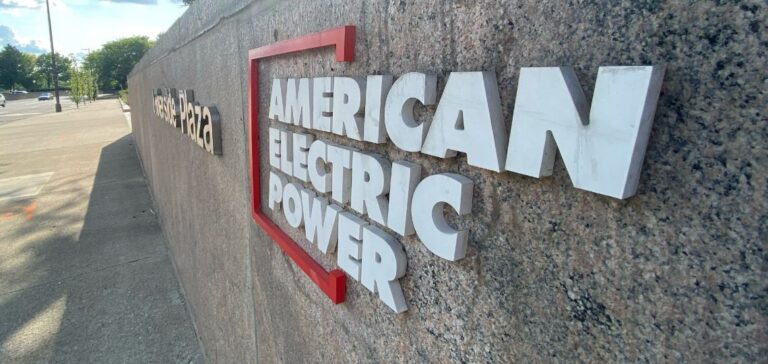American Electric Power (AEP) and its competitive affiliate, Transource Energy, have been selected by the PJM Interconnection Board to invest $1.7 billion in transmission system upgrades. These investments aim to enhance grid reliability and increase transmission capacity to meet growing energy demand in the region. The projects will span multiple states, including Indiana, Maryland, Ohio, Virginia, and West Virginia. These upgrades are part of the Regional Transmission Expansion Plan (RTEP), which envisions new infrastructure by 2029.
The PJM Board’s approval follows a submission process where transmission developers propose solutions to address forecasted grid needs. AEP, with its experience as the owner of North America’s largest transmission system, has submitted projects ranging from constructing new lines to upgrading existing infrastructure. Bill Fehrman, AEP’s President and CEO, stated that these investments are critical to supporting economic growth and ensuring reliable energy in the region.
Approximately $1.1 billion of this investment will go towards projects led by Transource Energy, which is partnering with Dominion Energy and FirstEnergy Transmission, LLC in a joint venture, Valley Link Transmission Company. This partnership will focus on building 765-kilovolt transmission lines in West Virginia, Virginia, and Maryland. The remaining $600 million will be allocated to projects in Indiana, Ohio, and Virginia, overseen by AEP’s transmission subsidiaries.
These projects are currently in the early stages of development, and AEP is committed to collaborating with residents, local authorities, and other stakeholders throughout the process. The company emphasises the importance of this collaboration to ensure that the benefits of these projects are fully understood and incorporated into the planning decisions.
A strategic investment for the PJM region
The projects approved by PJM under the RTEP are designed to address high energy transmission demand in the region, which spans 13 U.S. states and the District of Columbia. This initiative highlights the need for rapid adaptation of energy infrastructure to keep pace with sustained demographic and economic growth, particularly in states like Virginia and Indiana.
Challenges and benefits for local communities
While transmission projects are essential for ensuring energy supply, they also come with challenges related to local acceptance. AEP and its partners are committed to working with communities to minimise the impact of these new infrastructures. Stakeholder engagement from the early planning stages is crucial to ensure that the projects are executed under the best possible conditions, both economically and environmentally.






















